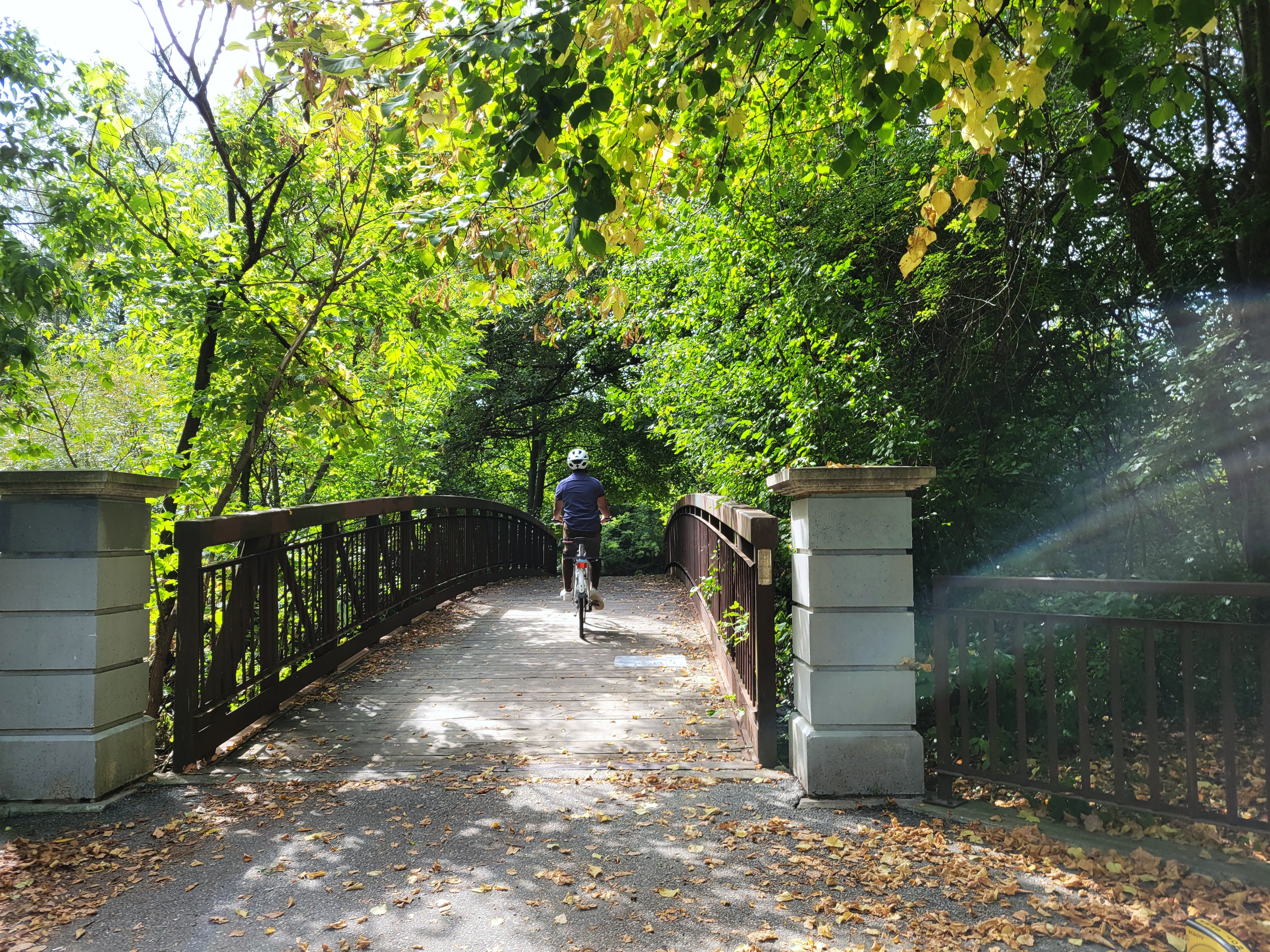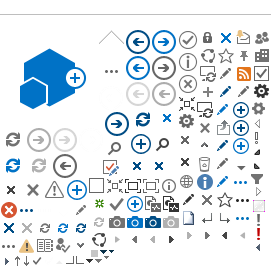Bike along Brampton’s major recreational trails offering over 100 kilometres of guided and paved recreational trails throughout the City. Look for wayfinding signs along your route, and plan time to stop for new discoveries and adventures.
-
The Etobicoke Creek Recreational Trail — the longest recreational trail in Brampton — extends nearly 19 kilometres between the City’s southern and northern boundaries. Following the creek through parks, urban forests and wildflower fields, this recreational trail has few road interruptions, allowing for long and peaceful excursions. Take the underpasses through to Caledon and Mississauga.
-
The
Chinguacousy Recreational Trail winds through several Brampton neighbourhoods, from Victoria Park in Bramalea extending 10 kilometres north to Dixie Road and Countryside Drive. While traveling this recreational trail, you will visit a stretch of suburbs, green spaces and local urban attractions.
-
Don Doan Recreational Trail (formerly known as Professor's Lake Recreational Trail); is a predominantly suburban recreational trail that takes you through the east side of Bramalea neighbourhoods. Wayfinding signs navigate you approximately 11 kilometres north to Brampton’s popular beach and public swimming area, Professor’s Lake.
-
Esker Lake Recreational Trail takes you into some of the City’s most treasured parks, green spaces and conservation areas, showcasing nature’s best. Plan a couple of hours or make a full day of it, with many options for activities en route, both urban and wild.

The colourful, artistic mural on the surface of the Franceschini Bridge is the first of its kind, unveiled by the City of Brampton in 2018. A once abandoned road crossing has been reimagined as a recreational trail link for cyclists and pedestrians, connecting the Esker Lake Recreational Trail across Highway 410, for safe and easy access.
